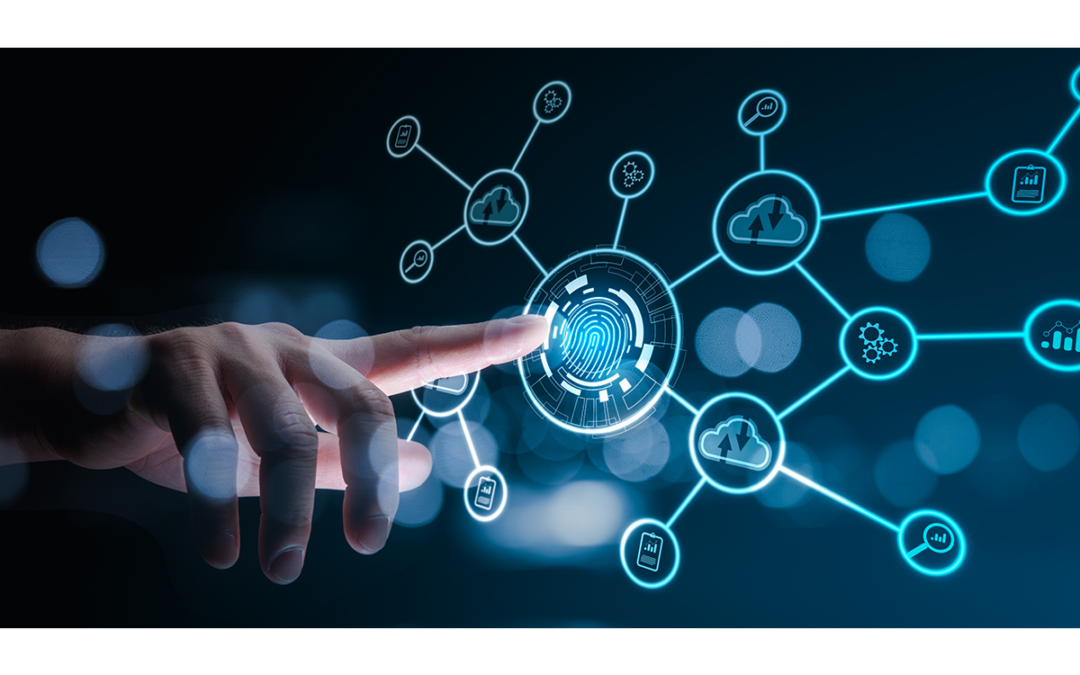Identity and access management (IAM) processes are crucial for companies of any size. The purpose of IAM is to protect both your employees and your company against nefarious actors seeking to compromise your security.
It’s incumbent upon small and midsize companies to ensure that they implement appropriate identity and access management solutions to avoid both being targeted by scammers as well as to avoid compromising their clients, vendors, suppliers, or other partners.
What Is Identity Management?
Identity management processes are security protocols implemented on your company’s IT framework to ensure that the person attempting to access your company’s technology is an authorized user of those systems.
There are a number of different identity management processes for business, the most common – and most basic – of which are passwords or personal identification numbers (PINs). However, these assets are also the identity management process that are most easily compromised. According to Verizon’s 2021 Data Breach Investigations Report, stolen credentials were the culprit for approximately 81% of web application breaches.
Other methods of identity management other than passwords or PINs include:
Two-factor or multi-factor authentication – users are required to provide a one-time password (OTP), usually a four-to-six digit number, from a smartphone app, key fob, or other code generator in addition to their username and password in order to log into a system and/or make password changes.
Biometrics – bio-identification data such as fingerprints, retinal scan, voice verification, facial recognition, and even DNA are used to authenticate users attempting to log into a system or access data.
A rigorous identity management process will incorporate either multi-factor authentication or biometrics identification, possibly both if budget and skillset allow.
To put it another way, identity management protocols can be compared to installing deadbolts on your home front door. If you’ve installed two or more deadbolts, a criminal is less likely to get inside your house.
What Is Access Management?
Access management differs from identity management in that identity management is concerned with the authentication of the identity of the rightful users, whereas access management determines what components of the system those users have access to once they have logged in.
Access management processes ensure that if a criminal does get past the deadbolts on your door and into your house, they only have access to the foyer, where you don’t store anything important, and they can’t get to your bedroom safe without encountering different obstacles that are harder to surmount.
For example, if a cyber criminal compromises the identification credentials of a low-level customer service representative, access management ensures that the cyber criminal won’t be able to use those credentials to access the company’s bank accounts or download information from the database where confidential customer data is stored.
What Are the Benefits of Identity and Access Management?
The benefits of identity and access management are many. Some, but not all, include:
- Improved security. The more deadbolts you have on your door, and the more obstacles placed beyond the door, the harder it is for a criminal to steal your possessions. The same is true with IAM processes. You are much less vulnerable to data breaches and cyber attacks if you employ rigorous and robust IAM protocols.
- Remote work flexibility. When the COVID-19 pandemic occurred and thousands of employees had to start working from home virtually overnight, there were many tales of woe and frustration regarding enabling remote access to systems that were not initially designed for remote access. This situation exposed many companies to potential security breaches as cyber criminals rushed to take advantage of inferior security protocols. However, strong IAM protocols ensure that your employees can log into your systems wherever they are without compromising network security.
- Optimized user productivity. Employees are less productive if they are unable to access the tools they need to do their jobs, or if they can’t easily log into needed systems in the first place. Strong IAM processes can help ensure that each employee can log in using a single sign-on procedure (SSO) rather than having to jump through multiple hoops, and that they are granted access to all tools and systems necessary to their daily tasks.
- Regulatory compliance. Many regulatory bodies, especially those in the healthcare and financial industries, require strong IAM processes in order for member organizations to remain in compliance with their standards.
Where Do I Go If I Need Help with Identity and Access Management?
The importance of implementing adequate identity and access management processes cannot be understated. If you know your IAM protocols are inferior but you don’t know where to turn, we can help.
We can analyze and test your current systems and protocols, recommend solutions, and help implement those solutions should the need arise. Take the first step in protecting your company and your employee by contacting Socium Solutions today.

